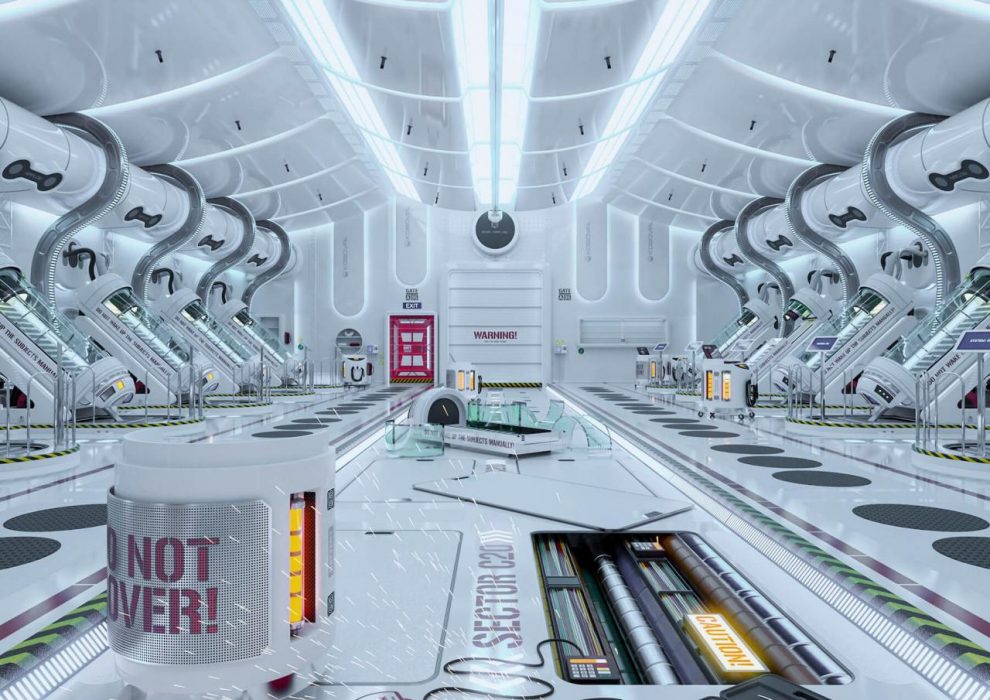Many electronic systems must operate reliably in harsh environments with temperature extremes, vibration, moisture, or contaminants. Applications ranging from automotive to aerospace to heavy industry demand electronics hardened for challenging ambient conditions. Robust design methodologies help engineers build in reliability from the start.
Addressing Thermal Challenges
Temperature extremes degrade electronics through accelerated aging, materials stresses, and thermal cycling failures. Careful design mitigates these effects for reliable operation from -55°C to 125°C and beyond.
Components rated for the temperature range are selected early. Board layout zones high-power areas away from sensitive ICs. Thermal vias, fills, and interfaces conduct heat properly. And active cooling maintains temperatures within specifications.
According to Matt Roman, Director of Reliability at Corning, “Electronics in automotive under-hood environments see temperature swings of over 100°C. Our substrates aid thermal management for reliability.”
Preventing Vibration and Shock Failures
In vibrating environments like aircraft, launch vehicles, and heavy equipment, mechanical stresses take a toll on electronics. Resonant components can literally shake themselves to failure.
Finite element analysis identifies natural frequencies to avoid in the design. Dampening materials like rubber gaskets isolate PCBs. Adhesives and underfills strengthen solder joints. And special connectors withstand vibration. Periodic inspection catches cracks before they grow.
As NASA engineer Frank Greco commented, “Vibration testing to nearly 100G helps us identify design weaknesses before electronics reach space applications.”
Protecting Against Moisture and Contaminants
Moisture and foreign matter can compromise electronics through corrosion, conductivity, and fouling. Protection requires defenses at multiple levels.
At the board level, conformal coatings provide insulation and barrier layers. At the enclosure level, seals block ingress while allowing venting to avoid condensation. And at the component level, special coatings protect against dust, chemicals, and liquids.
“Delivering reliable products in offshore energy markets demands robust contamination protection,” remarked Nicole Meyer, Senior Engineer at Siemens Energy. “We utilize a layered defense strategy against moisture and particles.”
Hardening for Shock and Impact
Even occasional mechanical shocks during use or maintenance can damage electronics. Sudden high accelerations break solder joints and fracture components.
Board-level potting compounds absorb energy and rigidize modules. Elastomeric connectors tolerate flexing. Circuit partitioning localizes damage effects. And anti-fatigue solder materials withstand repeated shocks. Testing verifies survival under expected crash impulses.
Chris Sullivan, Director of Quality at John Deere, stated “Our electronics endure punishing shocks daily in heavy equipment and vehicles. We leverage multiple shock mitigation and containment techniques.”
Addressing Power Integrity Challenges
Many harsh environments see unstable power with fluctuations, noise, and surges that can reset or damage electronics. Careful design manages robust power delivery and integrity.
Steady input power is pre-regulated. Noise filtering, isolation, and protection suppress spikes and transients. Separate analog and digital supplies prevent coupling. And redundancy techniques guarantee continuity during corruptions.
“Delivering clean, robust power in unreliable electrical grids is crucial for our products’ reliability,” said Micah Tam, Director of Engineering at SolarEdge Technologies. “We focus considerable efforts to handle power anomalies.”
Simplifying and De-Rating Components
Component complexity itself threatens reliability as integrated circuits age. Simpler components with mature, proven designs exhibit known failure modes and robust performance.
Parts are de-rated to lower stresses during operation. Over-spec margins avoid pushing limits. Redundant modules provide fail-over headroom. And thorough burn-in screening eliminates early failures.
As Tanya Bolden, Reliability Lead at Collins Aerospace, remarked, “Utilizing aged, characterized parts – not the latest technologies – paired with de-rating delivers electronics that operate reliably for decades.”
Facilitating Effective Maintenance
Reliability-centered design also considers maintainability. Quick-access modules simplify swap-outs. Built-in diagnostics speed troubleshooting. And common fasteners standardize repairs.
Design for Manufacture and Assembly (DFMA) methodologies ensure components align with maintenance access. Test points verify function during repair validations. And anti-tamper provisions secure critical circuits.
“Optimizing designs for easy yet secure field maintenance is crucial for sustaining reliability once systems are deployed,” emphasized David Chen, Senior Design Lead at John Deere.
Validating Reliability through Testing
Extensive validation testing verifies reliability under environmental stresses and accelerated aging. HALT/HASS testing forces early failures to drive improvements. Random vibration, thermal shock, and power cycling root out latent defects.
Field data and reliability growth modeling provide critical feedback to enhance robustness. Burns-ins screen out defective units. And ongoing reliability testing drives continuous incremental gains.
As Toyota quality leader Andrea Brown commented, “Rigorous reliability testing allows us to identify the weakest links and steadily strengthen them over successive design generations.”
In summary, reliability-focused design backed by harsh environment validation delivers electronics capable of maintaining performance over long operating lifetimes. Methodologies to address thermal, vibration, contamination, power, and maintenance challenges combine to produce robust systems able to operate reliably in demanding conditions.


















